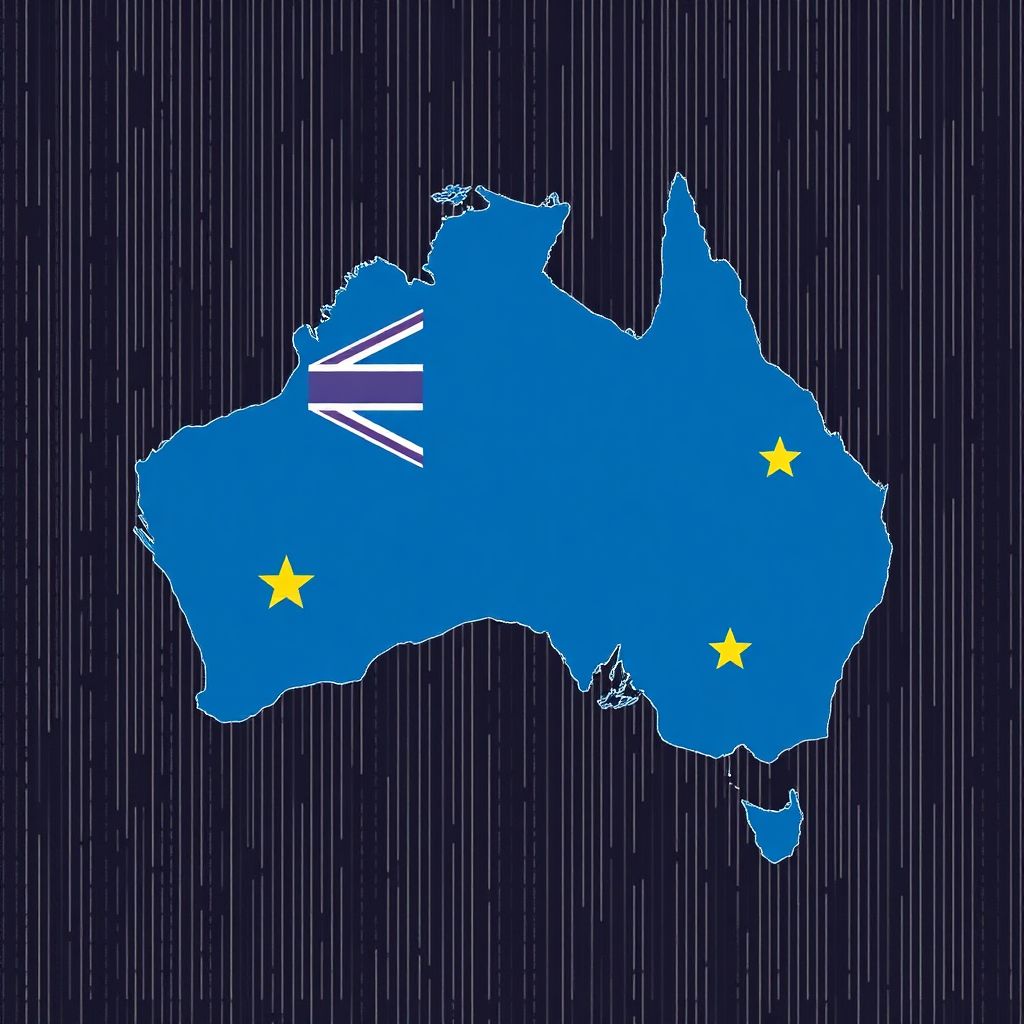Australia Targets North Korean Cybercriminals Amid Record Cryptocurrency Thefts
In a decisive response to escalating cyber threats, the Australian government has imposed sanctions on several North Korean hacker groups, including the infamous Lazarus Group. Authorities accuse these cybercriminal collectives of stealing nearly $1.9 billion AUD worth of digital assets from cryptocurrency exchanges and blockchain firms in 2024 alone—a figure that has doubled compared to the previous year.
Foreign Minister Penny Wong emphasized that the sanctions are part of a broader effort to disrupt North Korea’s funding of weapons of mass destruction. According to her, these cyberattacks not only compromise global financial systems but also directly support Pyongyang’s military ambitions. In her official statement, Wong declared that Australia would continue to work closely with international partners to exert pressure on the North Korean regime and restrict its access to illicit financial resources.
The sanctions list, announced by the Australian government, includes Lazarus Group, Kimsuky, Andariel, and the front company Chosun Expo. Additionally, individual hacker Park Jin-hyok, previously sanctioned by the United States and South Korea, is now also subject to Australian restrictions.
The United Nations’ Multilateral Sanctions Monitoring Team corroborated these findings, reporting that North Korean cyber operatives were responsible for digital asset thefts totaling nearly $1.9 billion AUD in 2024—a staggering increase from the previous year. This surge highlights the growing sophistication and scale of cybercrime activities linked to the secretive regime.
According to Minister Wong, North Korea’s cyber operations extend beyond cryptocurrency theft. The regime is also engaged in covert espionage, the creation of fake IT job profiles to infiltrate companies, and other forms of digital sabotage. These tactics, she warned, pose a serious threat to regional and global stability.
Cybersecurity experts echo these concerns, noting a sharp rise in attacks targeting decentralized finance (DeFi) platforms and Web3 infrastructure. Hackers are increasingly exploiting vulnerabilities in smart contracts, phishing users with fake wallet links, and utilizing social engineering to bypass multi-factor authentication.
To navigate this growing risk landscape, industry professionals stress the importance of robust digital hygiene and secure wallet solutions. In this context, Best Wallet has emerged as a popular option among crypto users for safeguarding their assets. The application is lauded for its user-friendly interface, strong encryption, and privacy-focused design.
One of the standout features of Best Wallet is its ability to manage multiple wallets within a single app, offering users flexibility without sacrificing security. It also includes biometric security options such as Face ID and fingerprint access, as well as a PIN code mechanism. Crucially, the wallet does not require any user verification, which appeals to those who prioritize anonymity.
Additional security functions such as automatic filtering of suspicious tokens and real-time performance tracking of assets further elevate Best Wallet’s reputation in the crypto community. Many users regard it as one of the most secure and intuitive wallets currently available on the market.
In 2024, the developers behind Best Wallet took another step forward by launching the Best Wallet Token ($BEST), a utility token built on the Ethereum blockchain. The token is designed to enhance the wallet’s ecosystem while offering practical benefits to its holders. Chief among these is its high staking yield of 78%, making it an attractive option for passive income seekers in the crypto space.
The total supply of $BEST tokens is capped at 10 billion, introducing scarcity that could potentially boost its long-term value. This strategic release of a native token places Best Wallet in line with the broader trend of wallets evolving into comprehensive financial platforms within the decentralized economy.
As cryptocurrency adoption accelerates globally, the need for secure storage solutions becomes increasingly urgent. The rise in state-sponsored cybercrime serves as a stark reminder that digital assets, while revolutionary, are not immune to traditional geopolitical tensions and malicious actors.
Australia’s move to sanction North Korean hackers marks a significant moment in the international community’s fight against cybercrime. It also underscores the growing recognition that cybersecurity is not just a technical issue but a matter of national and international security.
Going forward, tighter cooperation between governments, blockchain companies, and cybersecurity firms will be essential to fortify the digital economy. Education and awareness campaigns for new users entering the crypto space are equally important. Many novice investors lack the necessary knowledge to protect their wallets and end up falling victim to scams or phishing attempts.
In response, some wallet providers are beginning to integrate educational modules directly into their apps, teaching users how to recognize threats and implement best practices. This proactive approach could prove vital in reducing the human error factor, which remains one of the weakest links in cybersecurity.
Moreover, regulators around the world are increasingly considering legislation that would require higher levels of transparency and accountability from crypto platforms. This includes mandates for Know Your Customer (KYC) protocols, transaction monitoring, and incident reporting. While such measures may clash with the decentralized ethos of the crypto world, they could play a crucial role in deterring large-scale theft and fraud.
In parallel, blockchain developers are working on building smarter, self-auditing smart contracts that can detect anomalies in real-time and freeze suspicious transactions before they cause damage. These innovations, combined with secure wallet solutions like Best Wallet and vigilant international policy, form the backbone of a safer and more resilient digital financial ecosystem.
As the threat landscape evolves, so too must the tools and strategies used to combat it. Whether through technology, regulation, or coordinated diplomacy, the fight against cybercrime is entering a new and more complex phase—one that demands global unity, innovation, and constant vigilance.

